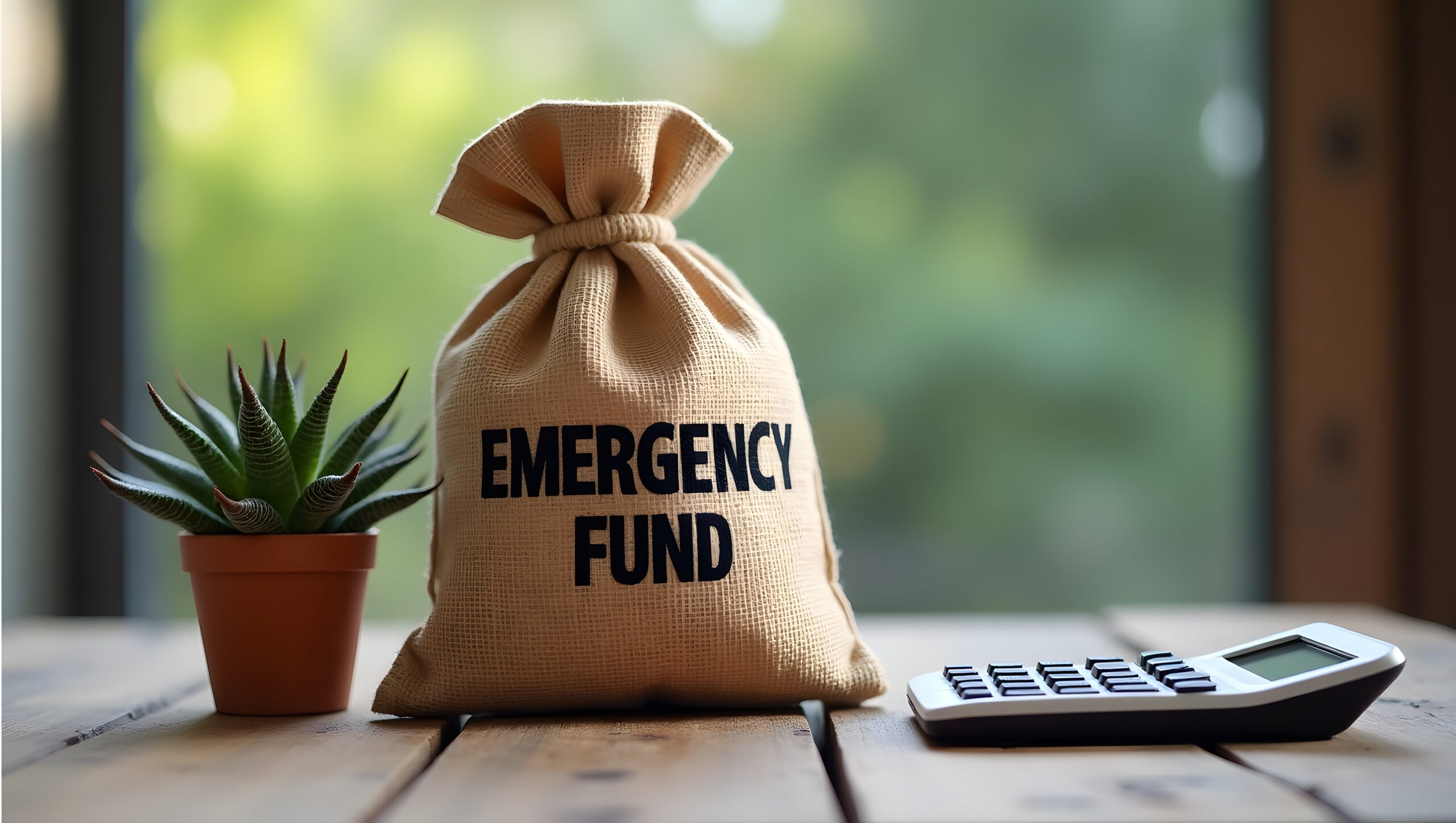
Life is unpredictable. A job loss, car repair, medical bill, or urgent home expense can hit without warning. That’s where an emergency fund comes in—it’s your financial safety net when life throws you off course.
In 2025, as economic uncertainty and inflation affect more households, having an emergency fund is not a luxury—it’s a necessity. This guide explains how much you really need, how to build your fund, and where to keep it for quick access.
What Is an Emergency Fund?
An emergency fund is a dedicated pool of money set aside to cover unexpected expenses. It protects you from falling into debt, borrowing money, or missing essential payments during tough times.
Unlike regular savings or investment accounts, an emergency fund is reserved strictly for emergencies, such as:
- Sudden job loss or income drop
- Medical emergencies
- Urgent car or home repairs
- Unexpected travel (such as a family crisis)
- Major household bills or appliance breakdowns
It is not meant for vacations, shopping, or non-essential expenses.
How Much Should You Save?
The ideal size of your emergency fund depends on your lifestyle, income, dependents, and job stability.
General recommendations:
- Minimum: $1,000 for those just starting
- Standard: 3 to 6 months of essential living expenses
- Extended: 9 to 12 months if you’re self-employed or in an unstable industry
To calculate your emergency fund target:
- List your essential monthly expenses:
- Rent or mortgage
- Utilities
- Groceries
- Insurance
- Minimum loan payments
- Transportation
- Multiply that total by 3 to 6 months
Example: If your essential monthly expenses are $3,000, aim for $9,000 to $18,000 in emergency savings.
Why It’s Crucial in 2025
With the job market changing and inflation impacting purchasing power, many households are one unexpected bill away from financial stress. An emergency fund:
- Gives you peace of mind
- Helps you avoid credit card debt
- Allows flexibility to handle life’s disruptions
- Protects long-term goals like retirement or home buying
The COVID-19 pandemic showed just how important financial reserves can be during uncertain times. Being prepared is no longer optional.
Where to Keep Your Emergency Fund
An emergency fund must be easy to access—but not so easy that you’re tempted to spend it unnecessarily.
Best options:
- High-Yield Savings Account (HYSA):
- Earn interest while maintaining liquidity
- FDIC-insured up to $250,000
- No withdrawal penalties
- Money Market Account:
- Similar to a HYSA, with check-writing and debit access
- Also FDIC-insured
- Traditional Savings Account:
- Acceptable if you prefer your existing bank, but usually lower interest
Avoid storing emergency funds in:
- Checking accounts (too easy to spend)
- Certificates of Deposit (CDs) with long terms
- Stock market or retirement accounts (too volatile or inaccessible)
How to Start Building Your Emergency Fund
- Set a Clear Goal:
- Start small ($500 to $1,000), then build toward your 3–6 month target
- Open a Dedicated Account:
- Keep it separate from daily spending to avoid temptation
- Automate Contributions:
- Set up automatic weekly or monthly transfers from your checking account
- Use Windfalls Wisely:
- Deposit tax refunds, bonuses, or birthday money directly into your fund
- Cut Unnecessary Expenses:
- Review subscriptions, dining out, and impulse spending
- Redirect savings into your emergency account
- Track Progress:
- Use a budgeting app or spreadsheet to monitor growth
How to Protect and Maintain Your Fund
- Only use the fund for true emergencies
- Replenish the fund immediately after using it
- Review your needs annually and adjust the target amount
- Avoid combining it with vacation or luxury savings
It’s also wise to consider short-term disability insurance or health savings accounts (HSAs) to further safeguard against high-cost emergencies.
What If You Have Debt?
Many people wonder if they should pay off debt first or build an emergency fund. Ideally, do both—on a balanced path:
- Build a starter emergency fund of $500 to $1,000
- Focus on paying down high-interest debt
- Then return to building the full emergency fund once the debt is under control
This ensures you don’t end up deeper in debt if an emergency hits before you’re debt-free.
Final Thoughts
An emergency fund is not about expecting the worst—it’s about preparing for life’s inevitable surprises. The peace of mind that comes with financial protection is priceless.
Start small, be consistent, and treat your emergency fund as an essential part of your overall financial plan. Whether you’re just beginning your savings journey or refining your strategy in 2025, this fund is one of the smartest and most empowering tools you can have.